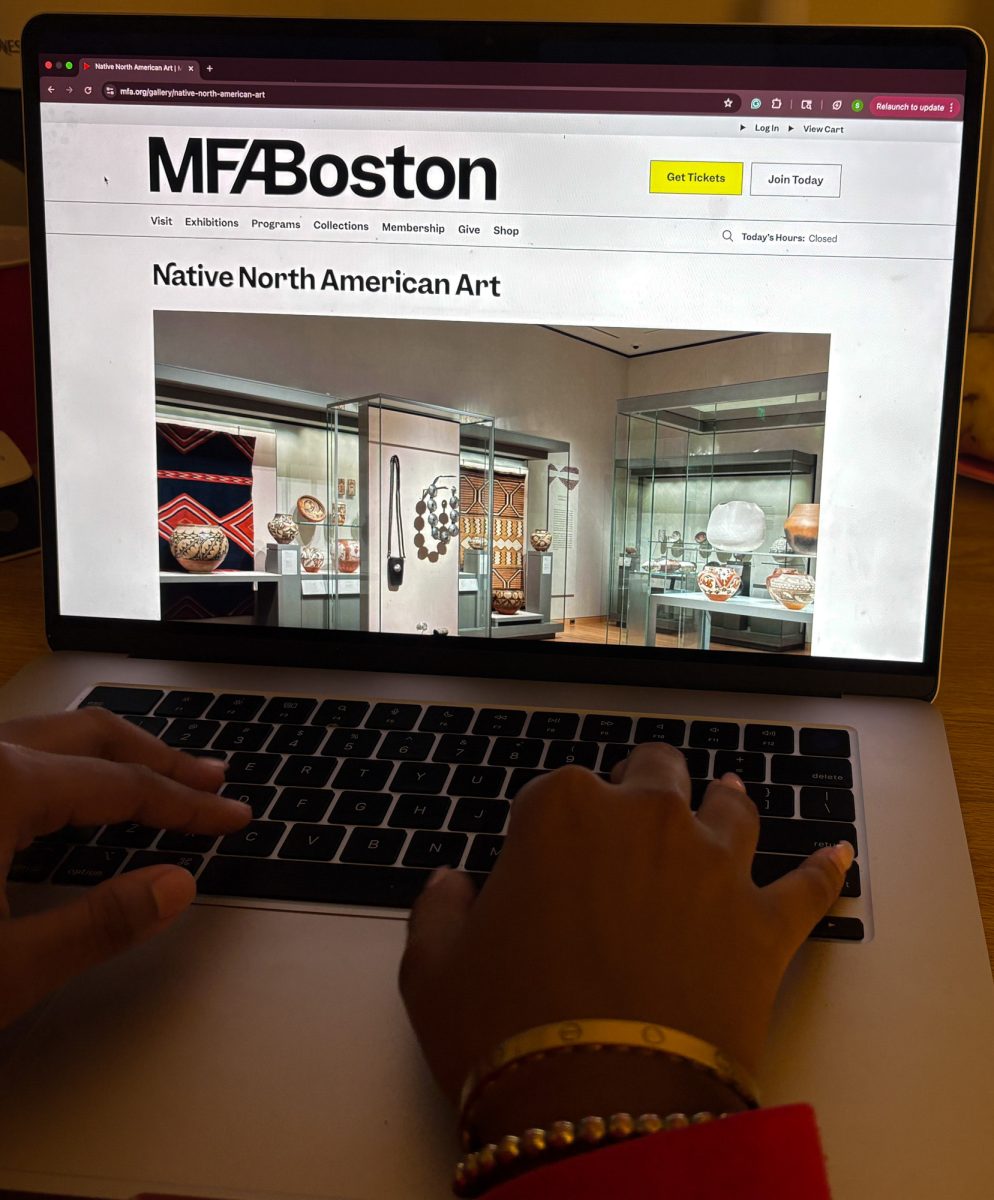Months of economic recession have had a major impact on the financial situations of many large companies. Though reports of gains in the fourth quarter are slightly encouraging, they come too late for companies like K-Mart, which filed Chapter 11 bankruptcy on Jan. 23. By doing so, K-Mart is the largest U.S. retail store to ever declare bankruptcy.
School of Management professor Allen Michel notes that “not all the players are going to make it,” and examines some of the issues surrounding bankruptcy.
Are there any universal indicators that a company is going to fail?
The public usually has a good inkling that bankruptcy is in the offing. You can look at financial statements, see that cash is declining, that the company has generated losses and is generally not doing as well. There are financial indicators that you can take a look at – returns on equity, returns on losses – that can be telltale signs of a company that’s performing poorly and in financial distress.
What were some indicators in the case of K-Mart?
K-Mart was going downhill in terms of consumer perception of products. There were reports, both in the financial press and the genreal media, that they were having trouble stocking their shelves. A company that’s not going to stock its store isn’t going to do well. The retailer has to give the consumer what it wants, and K-Mart wasn’t doing that – their shelves were bare.
They were also having trouble with their suppliers. They were having trouble with credit at Fleming, for example, a company that provides them with foodstuffs.
What do companies do when they are on the verge of financial disaster in order to maintain customer confidence?
They need consumers in the store. They try to tell the population at large, “We are healthy, we are getting back to health.” You don’t want to admit that you’re going into bankruptcy; you want to give the impression, both to the public and the suppliers, that you’re going to make it.
Why did this happen to K-Mart and not a similar company like Target or Wal-Mart?
Wal-Mart dominted them in terms of size, products, quality of stores. K-Mart decided on a strategy to lower prices – that’s an idea that’s DOA because Wal-Mart has the ability to compete. Wal-Mart probably buys more effectively as well. They have better credit.
K-Mart needed all the margin it could get, but Wal-Mart could match them. No customers were going to move against Wal-Mart.
First Enron, then K-Mart – is financial disaster an emerging trend?
Retail is tough when you have an economic downturn. With supermarkets, it’s OK because people need to eat. But with K-Mart, Wal-Mart, Target and those stores, they sell products that people don’t necessarily need.
Not all the players are going to make it – weaker players are going to have trouble.















































































































